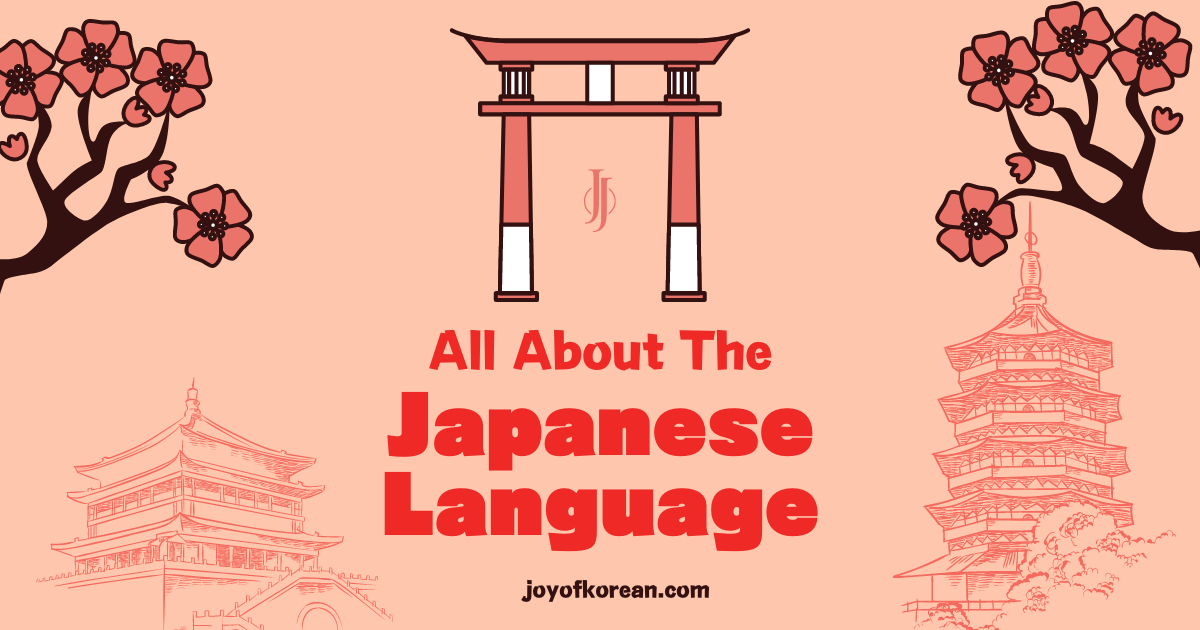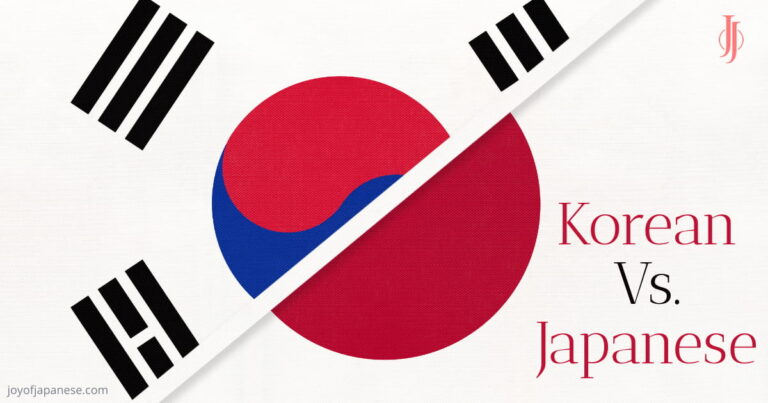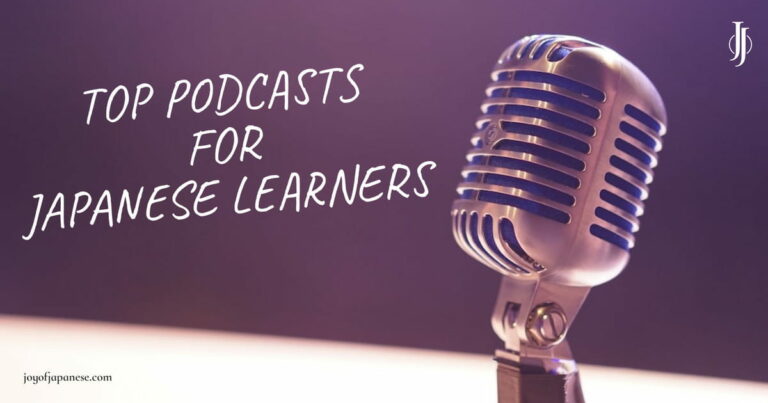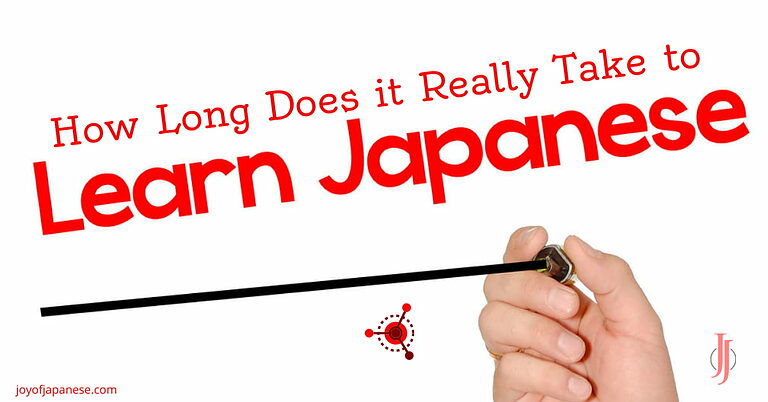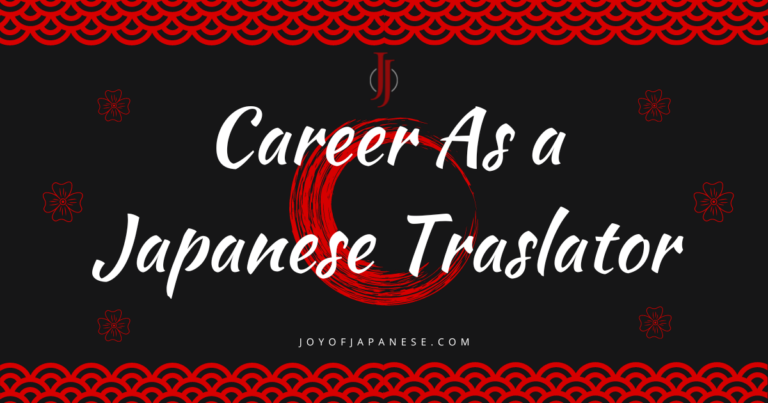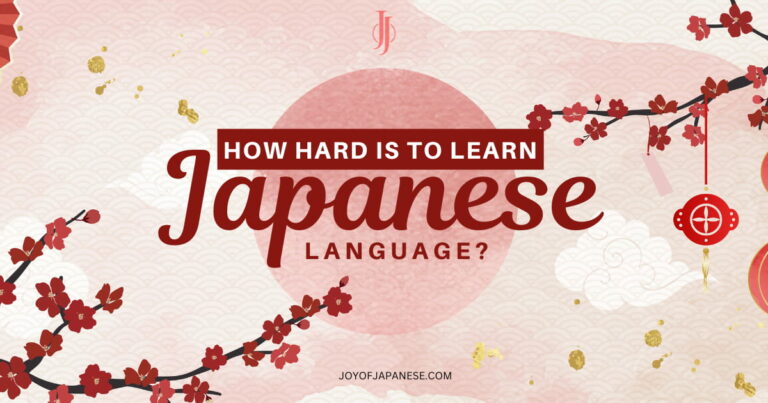There are plenty of good reasons to learn the Japanese language. The cultural aspect fascinates everyone. For some, careers involving Japanese are the primary motivation.
Whatever your inspiration, the Japanese can open a world of opportunities for your personal and professional goals.
But before starting your exciting journey to Japanese fluency, it is necessary to understand the language more.
This piece isn’t about how, where, and why you should learn Japanese. For that, I have already written many detailed articles.
This post covers everything you need to know about the Japanese language. This includes but is not restricted to, impressive facts and details about the language of Japan that you perhaps didn’t know. It may also surprise you.
Table of Contents
- Origin, History, Evolution, and Language Family
- The Japanese Language in the Modern World
- About the Japanese language
- Final Words on the Japanese Language
Origin, History, Evolution, and Language Family
Here are a few key facts you should know before studying Japanese.
This section provides an overview of the Japanese language’s history, origins, and transitions from the past to the present.
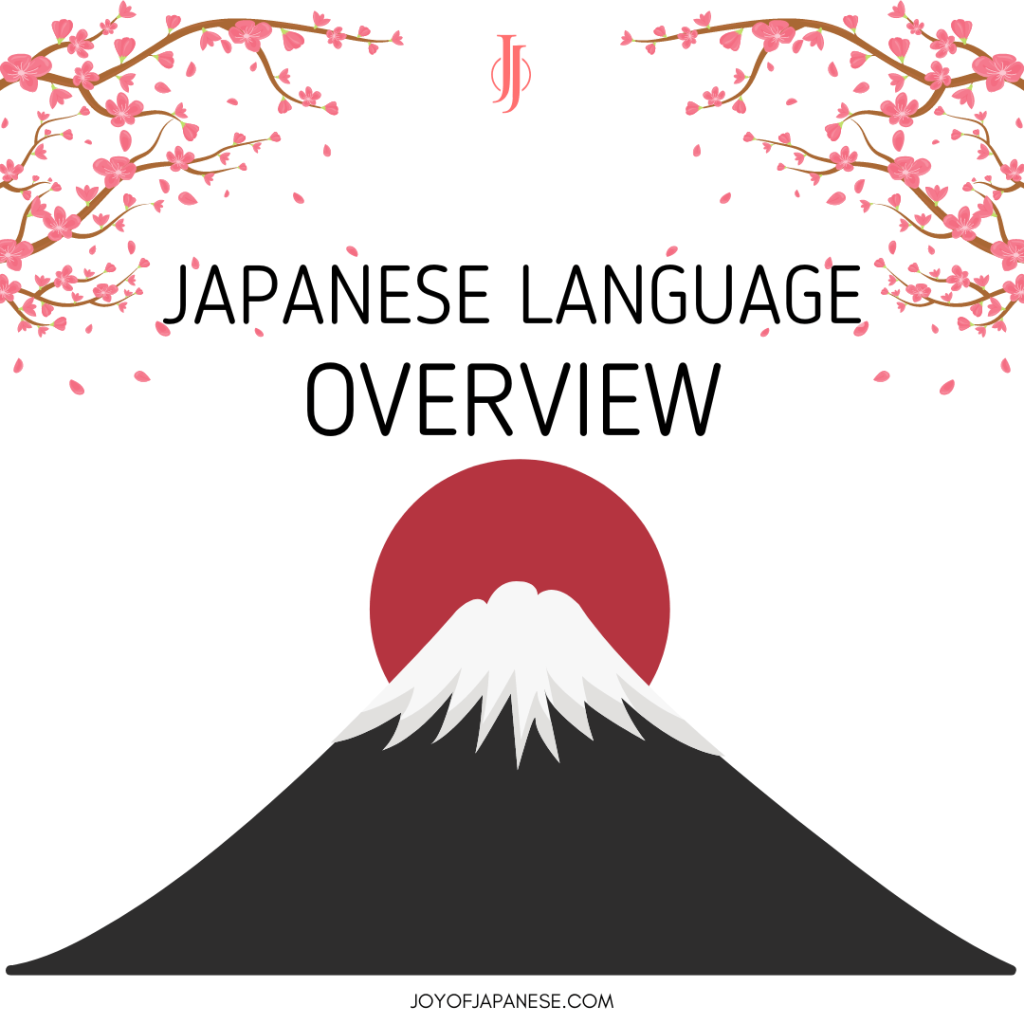
The root and connection with other languages
Japanese is one of the rare languages whose genetic affiliation is unknown. Linguists have debated its origins but lack solid proof to reach any conclusion.
Some evidence suggests various roots, such as Ural-Altaic, Chinese, and Polynesian.
Many also link Japanese to South Asian language families. This comprises the Austronesian, Austroasiatic, and Tibeto-Burman families of Sino-Tibetan languages.
According to one version of that theory, a southern language with a phonological system was comparable to Austronesian languages during the prehistoric Jomon era. It was spoken in Japan (c. 10,500 to c. 300 BCE).
Japanese is not related to Chinese and Korean
We frequently compare Korean to Japanese because the two languages share identical characteristics. However, that has more to do with the past usage of Chinese scripts and geographical closeness.
E.g., general structure, vowel harmony, the lack of conjunctions, and the wide usage of honorific speech. Here, the listener’s social status impacts the discourse.
Japanese and Korean pronunciations are pretty different, and both languages are mutually incomprehensible. Amid the contentious affinities, there remains a linguistic separation.
Likewise, Chinese and Japanese share many characters, such as Kanji in Japanese and Hanzi in Chinese. Yet, despite that similarity, grammatical rules, pronunciations, and even words are totally different.
To sum up, Japanese, Korean, and Chinese are three different languages that are unrelated to each other.
Japanese is a language isolate
No convincing evidence proves the Japanese language belongs to any surviving language family.
As a result, most researchers and scholars consider the Japanese isolated, like Basque and the language of Korea.
It means we do not relate to any known language or language family. So, there is no common ancestry with other languages.
The Ryukyuan languages of the Ryukyu Islands of Japan are partly linked to it. Yet, there aren’t enough linguistic resemblances to make them closely associated.

Japonic or Japanese — Ryukyuan family
Japanese is a language isolated and belongs to Japonic, a small language family. There is no evidence of a genetic link between Japonic and any other known language groups.
It comprises only two languages — Japanese and Ryukyuan- spoken in the Ryukyu Islands.
Some believe Ryukyuan is a Japanese dialect.
The two are closely related but not mutually intelligible. They differ significantly in many ways; many experts believe they are separate languages.
History and impact of the Chinese language
From 300 to 900 CE, Japan was culturally and politically linked to China. Thus, the Japanese language experienced a powerful impact from the Chinese language in its early stages.
The writing system was one of the most significant impacts. In the 4th century, the Japanese language adopted the Chinese writing system.
Classical Chinese became the first literary language because the Japanese had never been written. Then, Chinese letters were used to depict Japanese sounds.
Because of their complexity, Kanji was often considered inconvenient for phonetic reasons. Therefore, throughout the 9th century, the two kana systems arose separately as two alternative ways to simplify writing.
Hiragana was developed as a cursive shorthand for the Kanji and was mainly used by women who were barred from learning Chinese letters.
Buddhist temple priests created Katakana. Then, as the priests studied Chinese writings, they translated them into Japanese.
Then, they put these kanas alongside the Kanji as a mnemonic method. This is to assist them in remembering Japanese inflections, not in the Chinese originals.
Also added was that Japanese is a polysyllabic language that needs open syllables. This is unlike Chinese, where every word is a single syllable.
So, they assigned each Kanji at least two pronunciations: one that imitates an equivalent Chinese word and the other that is a native Japanese word.
Another aspect of China’s impact on the language was terminology. As a result, many Chinese words have found their way into regular Japanese discourse.
These terms are known as Kango, and around 60 percent of current Japanese vocabulary is believed to have originated in China.
Between 1185 and 1600, the Japanese broke away from Chinese sound and writing systems in quest of their own uniqueness. It then grew to sound more like the current Japanese language today.
The Japanese Language in the Modern World
The Japanese language comes in a variety of flavors.
Let’s begin!
Various dialects in Japan
The Tokyo accent is now mainstream and standard Japanese language. Still, Japan has dozens of regional dialects.
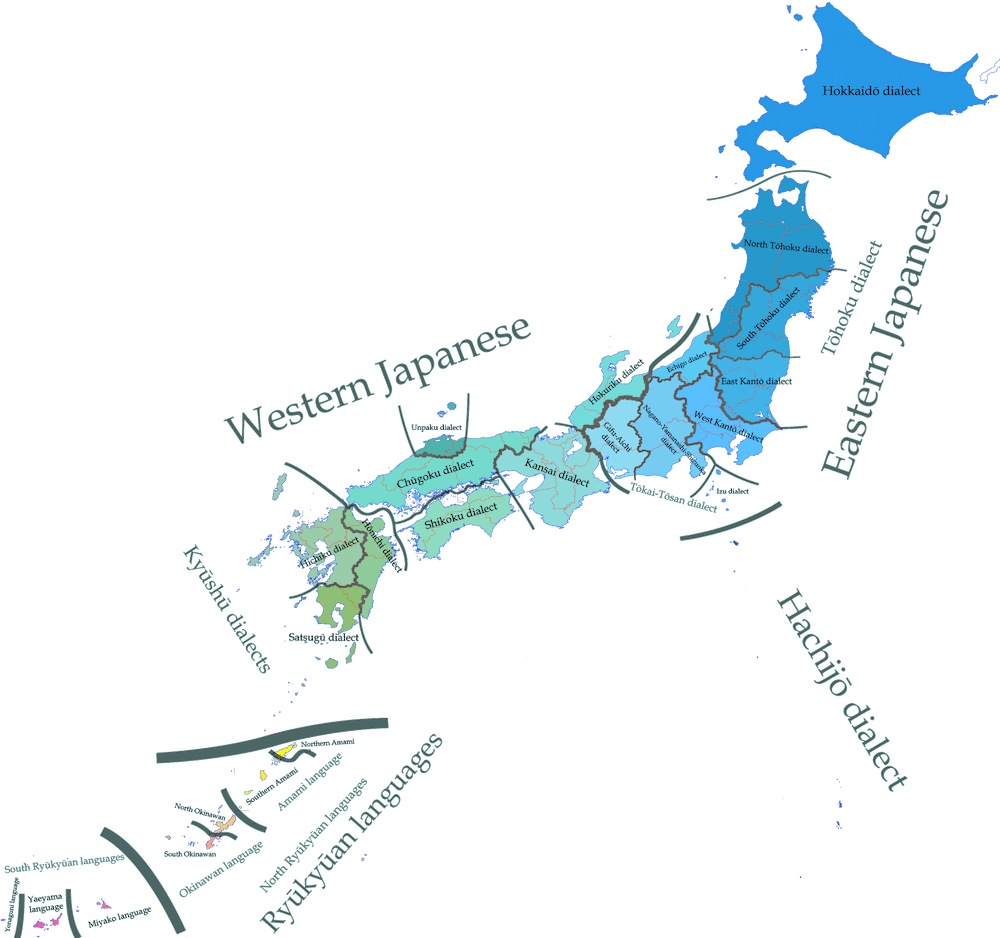
When visiting Japan, you will notice the differences in the pronunciation of various idioms. This is because Japan’s most major regional dialects came from the regions where they are spoken.
The most noticeable distinctions are pitch accents, inflections, lexicon, and particle usage. Words and some grammar also differ.
Even the way they use vowels and consonants varies in certain circumstances. What passes for formal and casual Japanese in one dialect may sound quite different in another.
We classify Japanese dialects broadly into 4 broad categories. E.g., Western (Kyoto, Shikoku, Osaka), Eastern (Tohoku, Kanto, Hokkaido), Kyushu, and Hachijo dialects.
People speak the Hakata dialect in Fukuoka and the surrounding areas.
The Kansai dialects, including the Osaka lingo, are expressed in the Kansai area. Almost everyone in this region speaks a dialect. The Hiroshima dialect is another one that originated in the Chugoku area.
Kyoto Ben is the city’s original dialect, recognized for its gentleness and politeness. Because of Nagoya’s geographical location, the Nagoya Ben combines Eastern and Western Japanese dialects.
Sendai Ben is a dialect of the Tohoku Ben dialect family spoken in the Tohuku area and Sendai City (shout out to any Haikyuu!! lovers). Finally, Hokkaido Ben is a hybrid of many cultivars with distinct qualities.
Today, the standard Japanese is scattered throughout Japan, and old regional varieties are declining. Yet, local use is a colloquial language.
While, despite some differences and variations, most of them are mutually intelligible. This means that if you speak good Japanese, you can communicate with any native Japanese person with little to no difficulty.
Regulatory bodies
The National Institute for Japanese Language and Linguistics (NINJAL) (国立国語研究所, Kokuritsu Kokugo Kenkyūjo) is an independent government institution.
They maintained the standard language and acted as guardians of the Japanese language. The institute in Japan’s Tachikawa City also aims to study, promote, and suggest proper usage.
Japanese speakers around the world
According to Ethnologue research from 2022, over 125 million people speak Japanese as their mother tongue or first language. This makes the Japanese language the ninth most spoken native language worldwide.
Japan is the only country where Japanese is the official language. It is home to nearly 99% of native speakers.
The Japanese diaspora is found in many countries, including Brazil, Canada, the United States, China, and the Philippines. About 5 million people speak Japanese with some proficiency outside Japan.

The global popularity of the Japanese
Japan is one of the world’s most prosperous economies, and its splendor is visible worldwide. It also influences many countries because of its trade relations, exported goods, and soft power.
Sushi, a traditional Japanese cuisine, is a delicacy people enjoy everywhere. So, it is no surprise that Japanese technology and products dominate the global market.
The recent generation has undoubtedly heard of anime such as Naruto or Attack on Titan, even if they have not watched it.
Due to Japan’s growing economy and the popularity of Japanese culture, there is plenty of scope for the Japanese. Today, millions of J-fans across the world are studying Japanese.
It has also become one of the most taught and studied Asian languages. That is why many learners from far and wide are interested in taking one of the Japanese language tests.
As a result, Japanese ability exams like JLPT, Nihongo Achievement Test, etc., have grown enormously.
About the Japanese language
On one level, the ostensibly complex language becomes simple, namely pronunciation.
There are five vowels in the language, and a consonant, similarly uncomplicated to learn with good practice, always follows each one.
The fact that Japanese is a phonetic language is the most vital element. This implies that these fundamentals are all you need to know about Japanese accents and sounds.
Only five separate vowels and a handful of relatively basic consonants are necessary to pronounce every word in Japanese. Thus, you can write any word or sentence in Kana if you know at least one syllabary.
In Japanese, there are no nouns for “masculine,” “feminine,” or “neuter.” Yet, you won’t have to edit the phrase because all nouns are gender-neutral.
There are various verb tenses to learn and different levels of formality to consider in Japanese.
Still, there is no need to conjugate verbs to match their subjects. Instead, the verb structure is consistent across all topics that do the action.
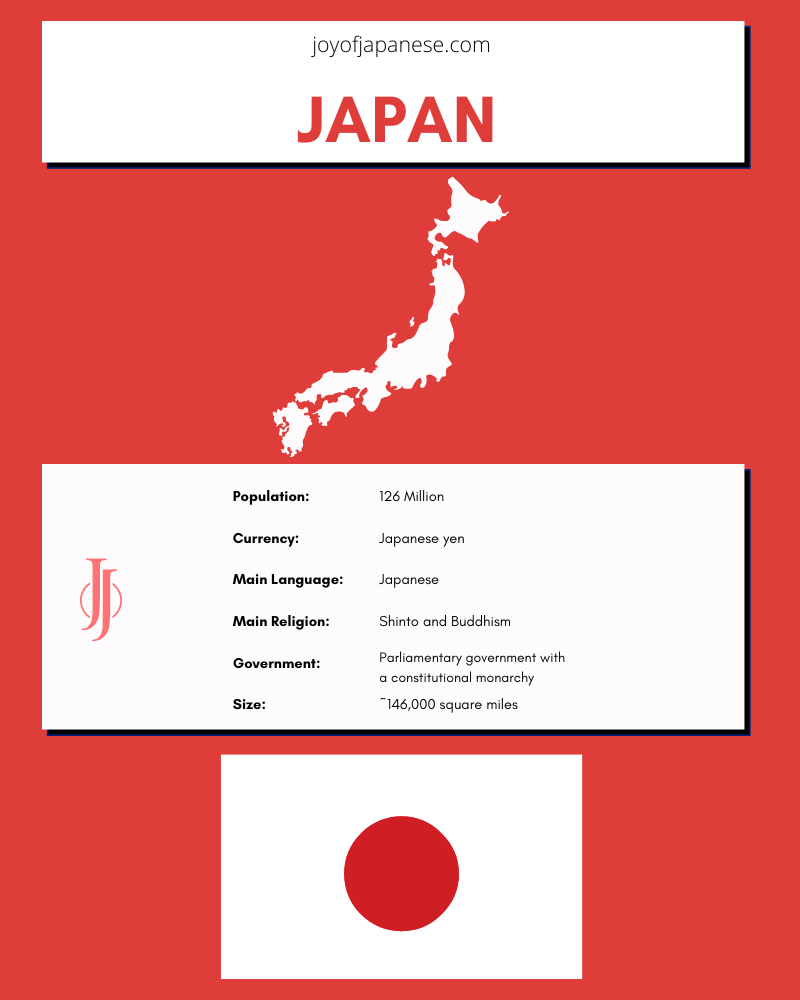
(i) The Japanese Alphabet and Writing System
The Japanese language has three writing systems that communicate their language on paper. Hiragana, Katakana, and Kanji. Hiragana and Katakana are syllabaries that each include about 46 characters.
You use these many characters to represent various words and situations. Still, a word in Japanese can often be written in a combination of two scripts (usually Kanji and Hiragana).
We use Hiragana for Japanese loanwords while Katakana for foreign borrowed words.
While the original script included more characters, most are obsolete and no longer in common usage. On the other hand, Kanji is a set of around 2000 Chinese characters, each with a unique meaning and pronunciation.
The phonetic hiragana and katakana alphabets are used. English treats vowels and consonants separately (many letters have different pronunciations). The alphabet is always written and spoken in the same manner in Japanese.
Kanji is a pictographic script. Each symbol, or kaomoji, symbolizes a concept rather than a sound. As an effect, these characters can be read or spoken in various ways.
You’ll see that Hiragana and Katakana have a lot in common. For example, several letters are unmistakable “twins.”
Others are incredibly different. This is the case because Hiragana and Katakana letters evolved from kanji characters.
They commonly link one sound with many kanji letters. For example, the Hiragana and Katakana developed from distinct Kanji characters. The articulation, regardless, is the same.
We typically write Japanese right to the left, from top to bottom. But, like English, Japanese is now written vertically from left to right. The symbol is the smallest unit of measurement in Japanese writing.
It’s possible to use Kanji, Hiragana, or Katakana for these. We then grouped the characters to make more. This isn’t a syllable; it’s a fraction of a syllable.
Romaji, the Romanization of Japanese, is another way. The Latin alphabet (Romaji) became familiar worldwide after World War II. It is used to write for international communication and English teaching in Japan.
(ii) Japanese vocabulary
We may see the roots of Japanese words in the history of the Japanese language.
The three options for these words’ origins are native Japanese (Wago), Chinese loanwords from Chinese characters (Kango), and foreign, non-Chinese loanwords (Gairaigo).
Due to the addition of many foreign terms to create neologisms, the Japanese have an extensive vocabulary.
Japan’s vocabulary was also affected; some were adopted from Western languages like German, French, and English. Yet, it merged into Japan during the Meiji Restoration and the country’s openness in the nineteenth century.
Developing European languages with common roots has produced a vast standard corpus of words. Asian languages like Korean, Japanese, Chinese, and Vietnamese also have a shared vocabulary.
Many native Japanese terms have recently become familiar in English because of the success of many of its cultural exports.
Examples include haiku, Judo, Manga, Kamikaze, Sumo, Tsunami, Karaoke, Ninja, Karate, Origami, Samurai, Tofu, Ramen, Sayonara, Sudoku, Sensei, and Sushi. The list is endless.
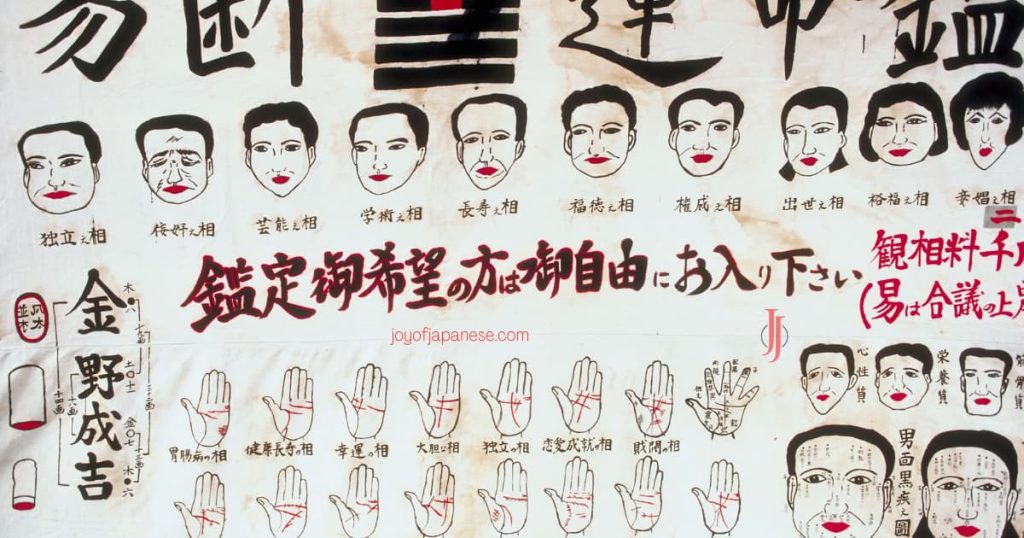
(iii) Grammar
On a general level, though, grammar may be easy. But there are a few particles to learn. Mastering verb conjugations is the most crucial part of Japanese grammar.
This is relatively easy once you comprehend the foundations, with just a few exceptions. So, while it may appear a little tricky initially, it is pretty simple to understand.
The arrangement of sentences differs from that of English, and it takes some time to get used to. For example, the introductory sentence structure in Japanese is subject-object-verb (SOV).
There are particles in there, but in English, that same sentence would be “I sport to play.”
The good news is that the rest of the Japanese phrase is adaptable. It can move anywhere in the words if you add a location, a time, or a preposition, for instance.
You’re OK to go if you use the suitable particle and put the verb at the end. The vital thing to remember is that the verb always comes last.
In contrast, it has only two tenses: past and non-past. This is because it uses the same tense for the present and future; it’s termed non-past.
They also don’t differentiate between singular and many terms having distinct terminology.
There are no genders in the language! Also, unlike in Romance languages like Italian, French, or Spanish, you won’t have to worry about knowing which words are feminine or masculine.
Female speakers may use different terms and phrases than men. With no vocal indications, it is pretty straightforward for Japanese to infer whether the speaker is male or female by looking at written language.
(iv) Honorifics
Politeness and hierarchy are part of Japanese culture. And we use it in social and commercial talks.
It is crucial to know when to use the formal tone (Keigo) and when to use the casual tone (Kudaketa Nihongo).
Keigo might be challenged in a professional situation. Still, listening and practicing can help you detect and apply the techniques effectively.
Honorific language directs to more modest and courteous methods of expressing oneself.
We can find it in Japanese in various places, including verb variants and popular phrases.
Yet, one widespread and significant use of honorific speech is in the prefixes and suffixes. We refer to and address other persons directly and indirectly.
Honorifics are the term used to describe these enhancements. So you’d use more formal language while chatting with an unfamiliar older person.
Contrarily, you’d use more casual language when speaking to a younger person you know well. Using that excellent language would seem a bit stiff.
They use polite speech in everyday Japanese; you must master it as you understand it.
Even after you get to know someone, it’s considered impolite to refer to them by their family name alone.
In short, one needs to use honorifics in Japan. But, of course, there are a few exceptions, like any other language.
Feeling worried about all these Japanese honorifics?
You shouldn’t.
Getting used to it and passing higher JLPT levels, like N2, takes time for learners. Yet, the common ones are often used. So you’ll be familiar with them quickly.
Final Words on the Japanese Language
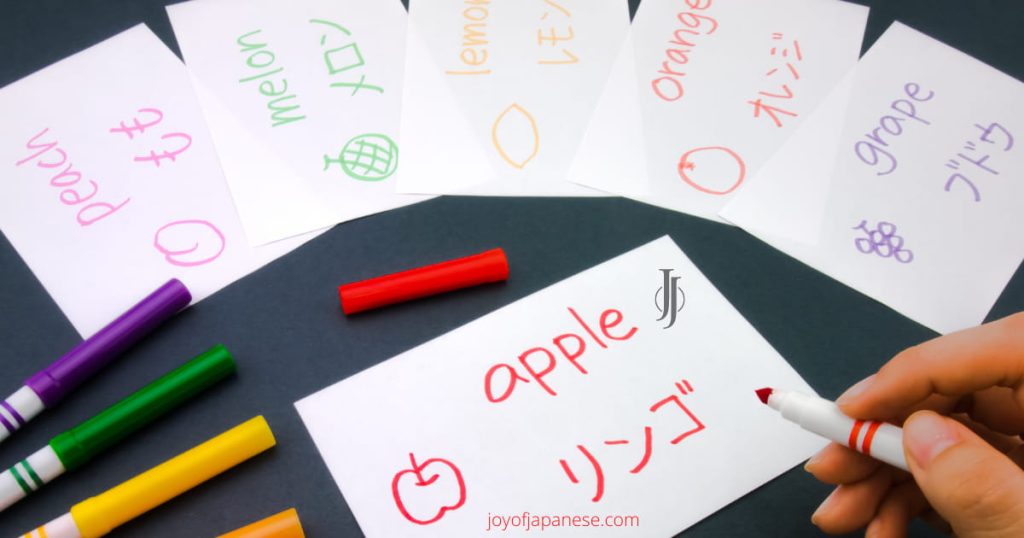
So, there it is—an overview of the Japanese language, its difficulties, and the beauty of those complexities.
No language is complete, especially one as extensive as Japanese. Yet, I attempted to cover most elements.
Given its legacy, the language has much to offer about the culture and values ingrained in it. So it is no wonder the Japanese have made great strides across spheres and left a mark on the world.
The Japanese language customs and culture are worth exploring with its outstanding and rich heritage.
Is there anything else that you’re interested in? If so, let your thoughts flow like Kanji in the comments below!
